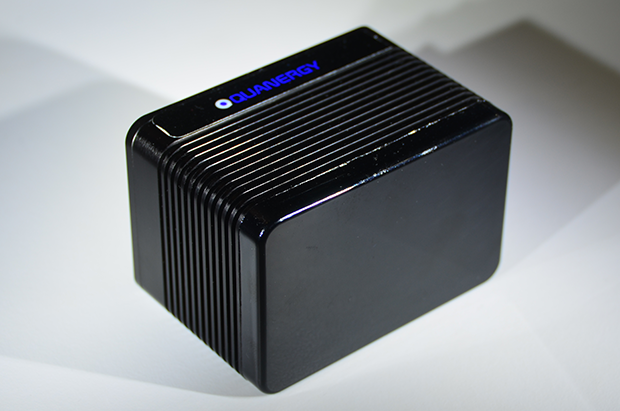
From IEEE Spectrum
By Evan Ackerman
Yesterday at CES, Quanergy, an automotive startup based in Sunnyvale, Calif., held a press conference to announce the S3, a solid-state LIDAR system designed primarily to bring versatile, comprehensive, and affordable sensing to autonomous cars. The S3 is small, has no moving parts, and in production volume will be US $250 or less. According to Quanergy, the S3 is better than traditional LIDAR systems in every single way, and will make it easier and cheaper for robots of all kinds to sense what’s going on in the world around them.
LIDAR systems work by firing laser pulses out into the world and then watching to see if the light reflects off of something. By starting a timer when the pulse goes out and then stopping the timer when the sensor sees a reflection, the LIDAR can do some math to figure out how far away the source of the reflection is. And by keeping careful track of where it’s pointing the laser, the LIDAR gets all of the data that it needs to place the point in 3D space.
In order to build up a complete view of the world, a LIDAR needs to send out laser pulses all over the place. The way to do it is to have one laser and one sensor and them move them both around a whole bunch, usually by scanning the whole LIDAR unit up and down or spinning it in a circle or both. You’ve probably seen these things whirling around on the top of autonomous cars. And they work fine, but they’ve got some problems: namely, they’re kind of big, they’re stupendously expensive, and because they have to be moving all the time, they’re not really reliable enough for consumer use.
This is where Quanergy comes in: its solid-state LIDAR has no moving parts. Zero. Not even micromirrors or anything like that. Instead, Quanergy’s LIDAR uses an optical phased array as a transmitter, which can steer pulses of light by shifting the phase of a laser pulse as it’s projected through the array:
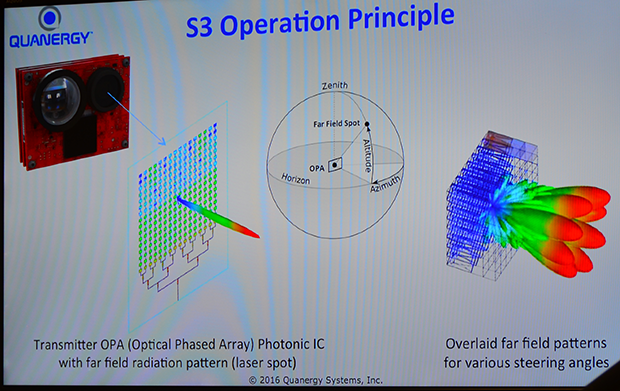 Image: Quanergy
Image: Quanergy
Each pulse is sent out in about a microsecond, yielding about a million points of data per second. And because it’s all solid-state electronics, you can steer each pulse completely independently, sending out one pulse in one direction and another pulse in a completely different direction just one microsecond later. Essentially, you can think of Quanergy’s chip as acting like a conventional glass lens, except that it’s a lens that you can reshape into any shape you want every single microsecond.
Full article here

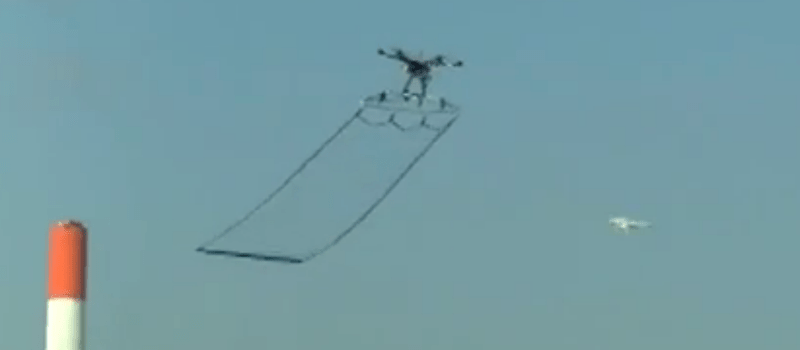
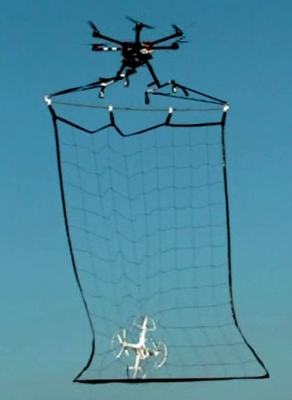
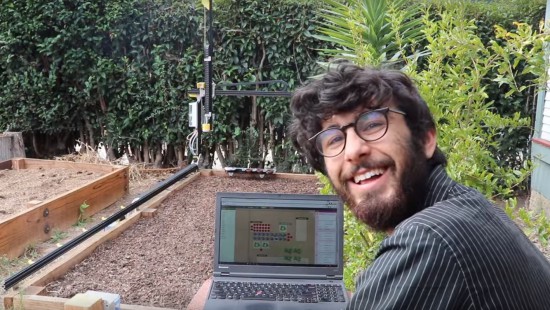 From the Arduino Blog
From the Arduino Blog









